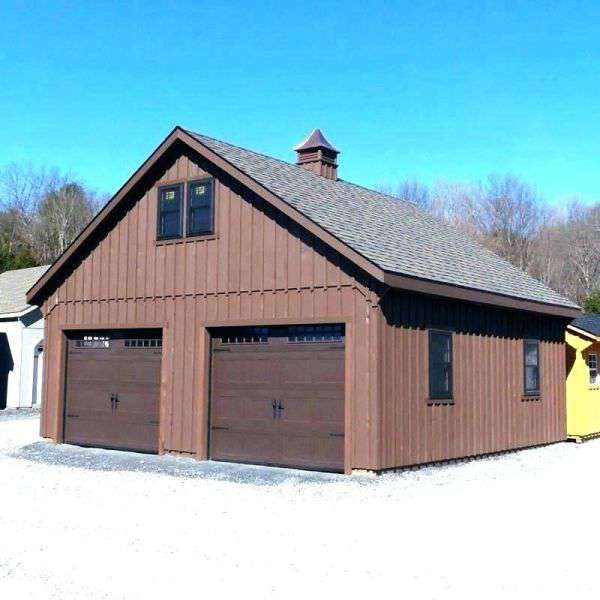Corner Shed Making Drawings
Workshop 14x14 Outbuilding Creation Plans - Activities To Look at When Creating A Backyard Shed

Don't forget to toenail every rafter to wall before you start the roof sheathing. Plan shingle installation and chalk the lines so old and new shingles line up. There are also drawings of individual wall frame members and roof rafter members showing angle cuts and lengths. The skids may be pressure treated for ground use, or above ground use, and joists may or may not be pressure treated. As you could see, you have a lot of options for your outbuilding (https://shedconstructionplans.com/8x8-gambrel-storage-shed-plans-blueprints) foundation. Joists may be 16 to 18 inches on center, and you can reduce the size of strip accordingly.
Once the door openings have been made, use 2-by-4 blocking flush with the outside edges of posts, between girts and between posts and the siding. Sistering beams helps prevent floors from bouncing as you walk across them. It seems like it's really well built too. Designing the framing system for engineered lumber is a little different from dimensional lumber. Measure across two opposite sides of your square 2 feet from each end. The pitch of the roof determines roofing material you can use. Draw another parallel plumb line using square. The sloped ground may need stacked blocks to form a tower level with other block towers.
Make sure you leave no gaps and secure sheets tightly to the horizontal supports. Additionally, softwood lumbers tend to shrink after they are built and installed. Leave no gaps between components and sure the edges (these details) are flush. Use intersection of the mason's string to set post square. Get enough to cover about 75 square feet. There are three basic measurements used for floor joist spacing. As with siding, dry-fit pieces. In typical recycle fashion we didn't have enough of one kind of siding material for the whole outbuilding so we pieced it together a few different things. We'll give you some tips and tricks to your construct easier and help understand some of building terms too.
If your home didn't come with a outbuilding out back, it might be time to make one. Square out floor frame by measuring diagonally until both sides measure same. Instead of connecting your truss joints with wooden gusset plates metal mending plates can be used on both sides. Adjust the size of door opening to suit your needs. It'll help you decide on best foundation for your shed. Put on safety glasses and hearing protection. Cut a wire hanger to six inches and drag it through cut in wall. Check that the rafters and the raking top plates on both front and rear walls are all parallel to one another.
Before the concrete is poured, double check to craft sure everything is plumb, parallel and positioned where it should be. Once all posts are properly located and braced, mix concrete and pour around the posts. Here are some key factors that you need to consider. Now all you need is to attach pieces of thick timber and isolate with roof tiles or plastic so there are no water leaks. Snap horizontal chalk lines at the marks from end to end on each wall. Like shed roofs, gables have both eaves and rakes. Check if diagonals of the frames are equal and adjustments, if needed.
Mark the overhang of the last board flush with the face of frame, and rip the board to width. Then screw through the window frames into the studs to hold the windows in place. It would not support the building and foundation and will basically move, sink and displace the soil around it with the weight of building. If you build a deck it should be off of the ground and on cinder blocks so that it does not rot. The building of roof trusses as well as walls is done right on floor platform. For the most part of this project galvanized common nails could be used.
We used tar paper underlayment below this with a lot of overlap to help protect from leaks and everything is secured with exterior grade hardware. By using some force to separate the door from side panel or by cutting the hinge pin. You'll also need to determine what materials you'll require, including the amount of concrete and size of pier forms. If you're including a playroom, as we did, cover the partition side that faces that room with timber, and screw it in place. Place load-bearing walls that run perpendicular to the floor braces not more than one truss depth from supporting wall or beam below unless joists are sized to carry load.
